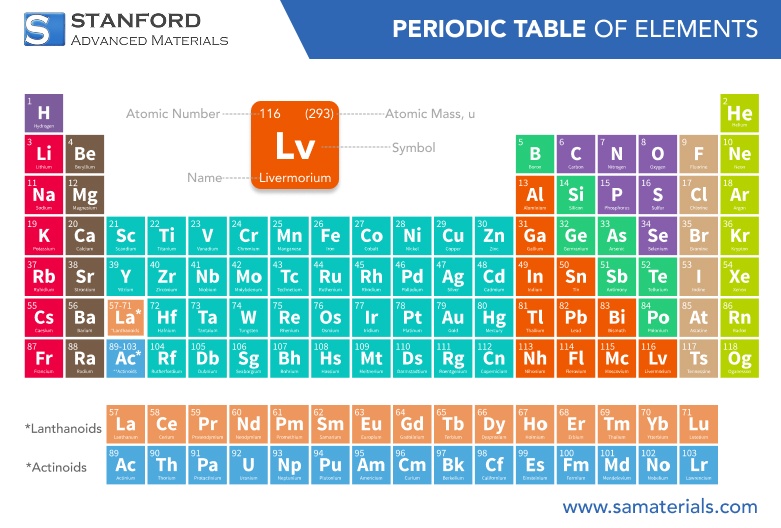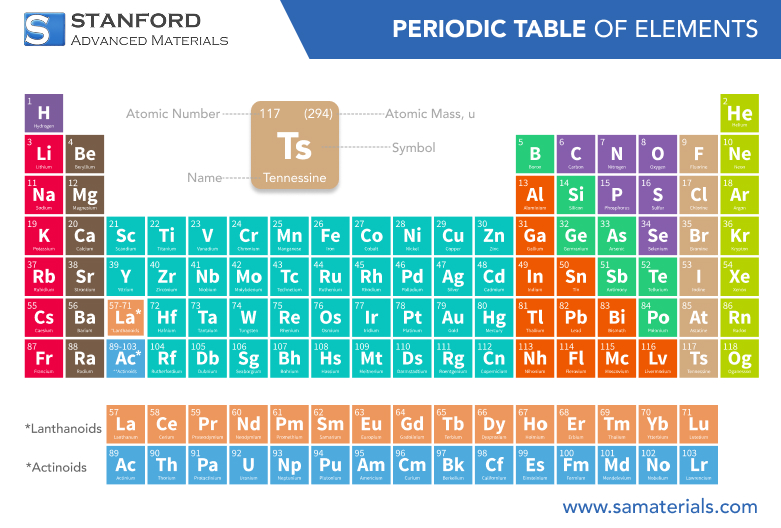Neptunium: Element Properties And Uses
Description
Neptunium is a radioactive, silvery metal belonging to the actinide series of the periodic table with the atomic number 93. It is the first transuranic element and is primarily produced in nuclear reactors. Neptunium has applications in nuclear research and may be utilised in the production of plutonium-239 for nuclear weapons and energy.
Introduction to the Element
Neptunium was the first transuranic element to be discovered after uranium and occupies a significant position in nuclear science. Discovered in 1940 by several renowned scientists, it holds an atomic number of 93 and belongs to the actinide series. The discovery of neptunium represented an essential breakthrough in understanding elements beyond uranium, providing insights into the complex behaviour of active metals.
Neptunium is silvery in its pure metallic state and gradually tarnishes in air due to its reactive nature. Its study has offered substantial information on the nuclear fuel cycle as well as the properties of heavy elements.
History and Discovery
Neptunium was the first of the transuranic elements to be produced synthetically and thus represented a milestone in nuclear chemistry and in the discovery of elements beyond uranium. It was produced in 1940 at the Berkeley Radiation Laboratory by Edwin McMillan and Philip H. Abelson after several years of predictions and attempts at its production in nuclear reactors with heavy elements.
The work of McMillan and Abelson consisted of the bombardment of uranium with deuterons, nuclei of hydrogen isotopes, by which neptunium was formed. The name "neptunium" was given to the element, following the naming of uranium after Uranus, with Neptune being the next in series. The discovery of neptunium opened the way to extensive studies of elements lying beyond uranium; after neptunium came plutonium, americium, curium, and other elements from the actinide series.
The discovery of neptunium was significant, not just because of the properties of the element itself but also because it provided insights into the behaviour of heavy elements that later played a key role in nuclear reactors and weapons. The ability of the element to undergo neutron capture to eventually form plutonium isotopes has had a lasting impact on energy production and nuclear defence.
Chemical Properties Description
Neptunium exhibits a variety of oxidation states, primarily +3, +4, +5, and +6. These states greatly influence its reactivity and compound formation. Its ions vary in colour, from green to orange, depending on the general oxidation state in aqueous solutions.
It forms several compounds with oxygen and halogens, with behaviour in chemistry similar to other actinides, such as uranium and plutonium. These characteristics are essential for nuclear scientists and engineers who rely on accurate descriptions of chemical properties to manage and manipulate neptunium safely.
Its reactivity in acidic environments and its tendency to form complexes with organic and inorganic ligands have contributed to numerous research studies focusing on nuclear waste management and environmental impact.
Physical Properties Data Table
|
Property |
Value |
|
Atomic Number |
93 |
|
Atomic Weight |
~237 g/mol |
|
Density |
~20.45 g/cm³ |
|
Melting Point |
~637°C |
|
Boiling Point |
~4000°C |
|
Radioactivity |
Highly radioactive |
Detailed information can be found at Stanford Advanced Materials.
Common Uses
Neptunium is utilised in research on nuclear fuel cycles, where it serves as an indicator of the behaviour of actinides in reactor environments. It also contributes to the processes for synthesising plutonium isotopes, thus providing relevant information to scientists about nuclear transmutation processes. In specific applications, neptunium is used in neutron detection systems, enhancing safety in nuclear applications and facilitating progress in nuclear forensics.
Preparation Methods
The most common method of production involves the generation of neptunium as a by-product in nuclear reactors. During reactor operation, some uranium-238 atoms capture neutrons to eventually produce a series of isotopes, including neptunium-237. This isotope is of particular interest due to its long half-life and potential uses in nuclear research. The methods of preparation include isolation from spent nuclear fuel using advanced separation techniques such as ion-exchange chromatography and solvent extraction.
Frequently Asked Questions
What is Neptunium?
Neptunium is a radioactive actinide element with atomic number 93, recognised as the first element beyond uranium and used primarily in nuclear research.
How is Neptunium prepared?
It is generated as a by-product in nuclear reactors during the absorption of neutrons by uranium-238; purification is carried out using ion-exchange and solvent extraction methods.
What are the common uses of Neptunium?
Its main applications are in nuclear fuel cycle studies, the synthesis of plutonium isotopes, and in neutron detection systems and advanced material research.
Can Neptunium be used safely for industrial purposes?
Due to its high radioactivity, its usage is strictly regulated; it is managed in specialised facilities that adhere to stringent safety standards to protect against exposure and negative environmental impact.
Why is neptunium important in nuclear research?
Its various oxidation states and reactivity provide key insights into nuclear transmutation processes, assisting in the development of safer nuclear fuels and waste management techniques.

 Bars
Bars
 Beads & Spheres
Beads & Spheres
 Bolts & Nuts
Bolts & Nuts
 Crucibles
Crucibles
 Discs
Discs
 Fibers & Fabrics
Fibers & Fabrics
 Films
Films
 Flake
Flake
 Foams
Foams
 Foil
Foil
 Granules
Granules
 Honeycombs
Honeycombs
 Ink
Ink
 Laminate
Laminate
 Lumps
Lumps
 Meshes
Meshes
 Metallised Film
Metallised Film
 Plate
Plate
 Powders
Powders
 Rod
Rod
 Sheets
Sheets
 Single Crystals
Single Crystals
 Sputtering Target
Sputtering Target
 Tubes
Tubes
 Washer
Washer
 Wires
Wires
 Converters & Calculators
Converters & Calculators
 Write for Us
Write for Us




 Chin Trento
Chin Trento



